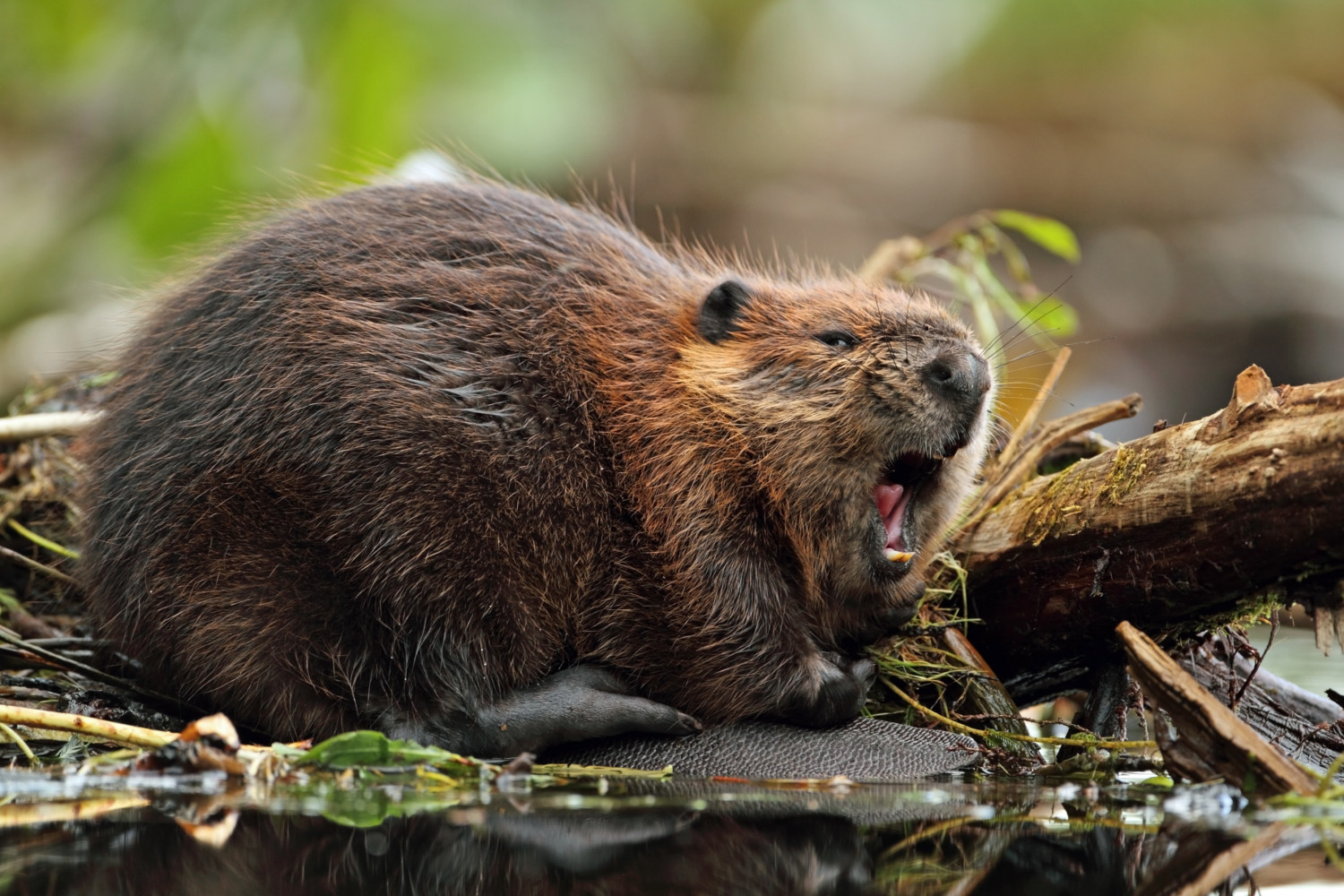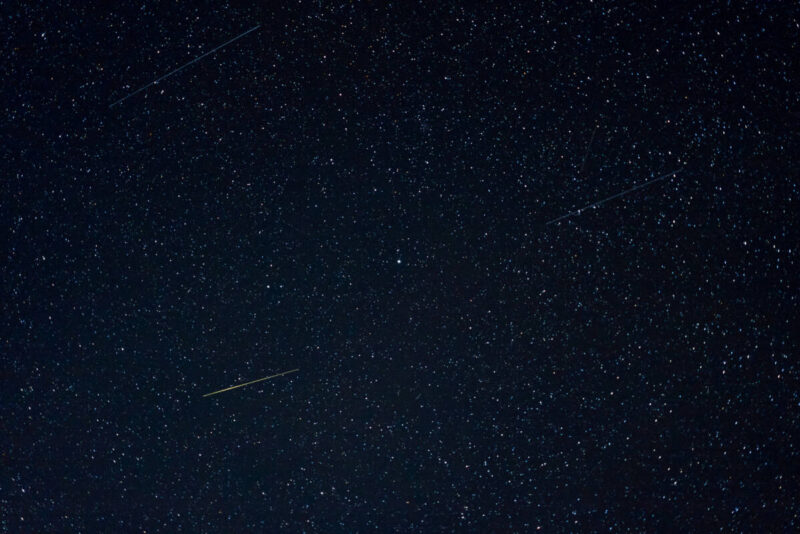The November full moon, also known as the Beaver Moon, appears after the long holiday weekend on Monday, Nov. 27.
Peak illumination is set to occur early in the morning at 4:16 a.m. EST, just a few hours before sunrise.
In those early morning hours, just look to the west, and you’ll spot it. If you’re not up that early, the moon will also appear full the night before on Sunday, Nov. 26 shortly after sunset.
Full moons happen roughly every 29.5 days, which means November’s full moon will be the last full moon of the fall season.
Winter officially begins on Dec. 21, and the next full moon occurs after that on Dec. 26.
MORE: Why you might see a string of lights in the night sky
Why Is It Called the Beaver Moon?
Full moon names have traditionally been derived from Native American, Colonial American and European folklore, according to The Old Farmer’s Almanac.
During this time of year, beavers start to store food and place the finishing touches on lodges where they’ll spend all winter. When the fur trade was at its height in North America, this was also the time of year when trappers would trap beavers for their thick winter pelts.
Either idea could be the origin of how November’s full moon got its name.

The November full moon has also gone by many other names as well, but all of them relate to nature and the cooling temperatures.
The name Deer Rutting Moon refers to the fact that this is mating season for deer, and other alternatives like the Frost Moon and Freezing Moon refer to the colder temperatures beginning to take hold.
MORE: Why do leaves change color in the fall? The science is pretty cool
Watch for the Geminids and Ursids Meteor Showers Next
Even if the temperatures are getting colder, sky watchers can view at least two more meteor showers in the next month.
The Geminids meteor shower will peak first on Dec. 13-14. Plus, the moon will be a sliver in the sky, making conditions extra dark so it’s easier to spot any streaks across the night sky.
To see some of the Geminids meteors, find a dark place away from any bright lights and look to the east beginning around 10 p.m. EST and through the rest of the night. Make sure you give your eyes some time to adjust to the darkness, and you’ll have an easier time spotting the meteors flying across the night sky.
The Geminids meteor shower is an active one, known to produce up to 120 meteors per hour.

MORE: You can send your name on NASA’s mission to Jupiter’s moon Europa
The Ursids meteor shower, the last major shower of the year, will follow about a week later on the night of Dec. 21-22.
On this night, the moon will be about 74 percent full, so it will become more challenging to spot as many meteors. Plus, the Ursids meteor shower is much less active, only producing five to 10 meteors per hour.
If you’re willing to brave the cold, look to the north-northeast. Careful observers should be able spot meteors radiating from the Little Dipper constellation.
Full moons and meteors are out longer during these colder months as the days grow shorter and the nights expand, providing more opportunities to look up into the night sky.
Jason Meyers is a Meteorologist and nature enthusiast who once made a number of entertaining and educational YouTube videos.
> > SIGN UP for the Simplemost weekly newsletter
Here’s when you can see November’s full moon, the Beaver Moon originally appeared on Simplemost.
Any products or services mentioned above were selected independent of sales and advertising. However, Simplemost may receive a small commission from the purchase of any products or services through an affiliate link to the retailer's website.


